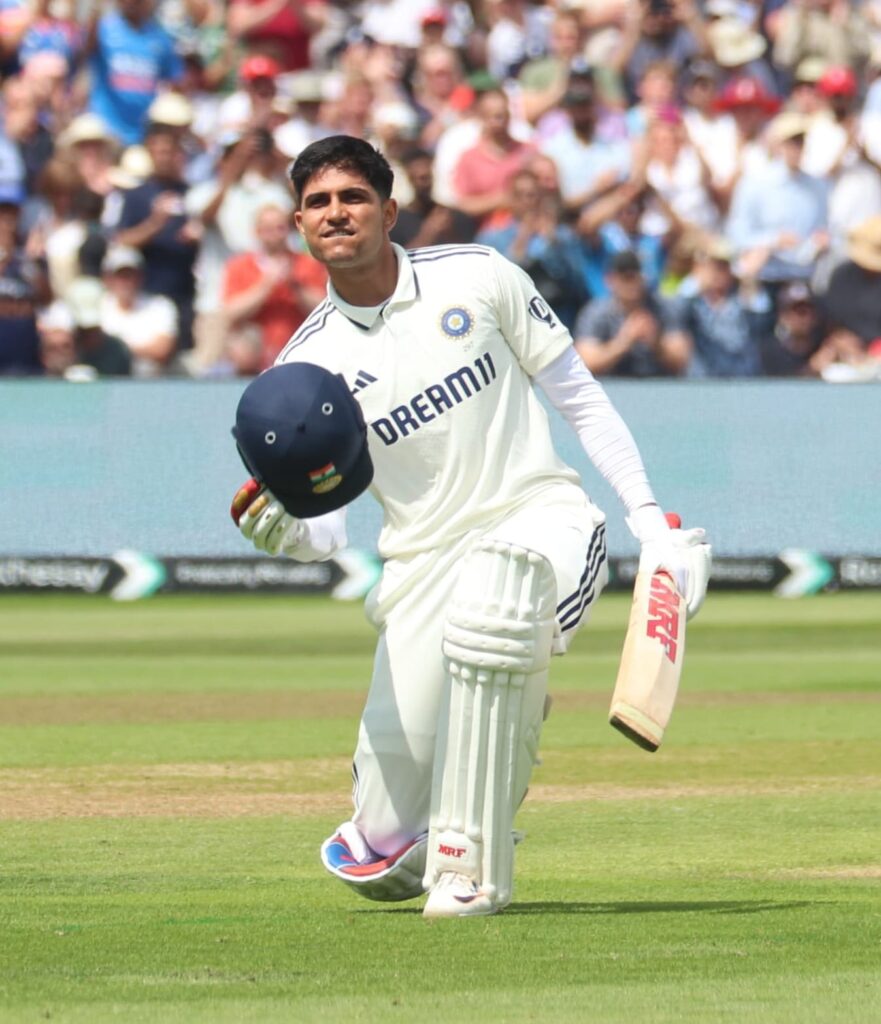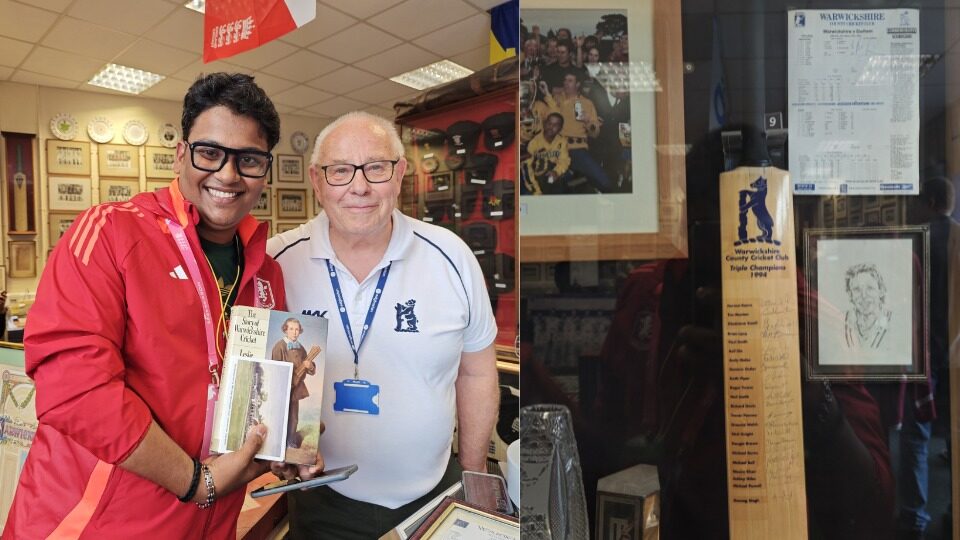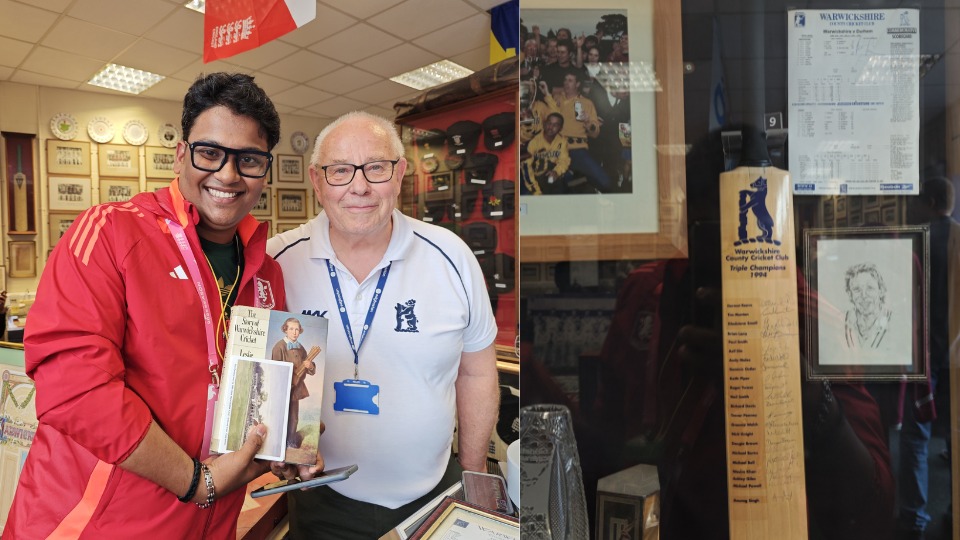
Rohan Chowdhury, Edgbaston, Birmingham
Home to the Warwickshire County Cricket Club, the Edgbaston Cricket Ground—formed in 1882—has been a silent witness to countless remarkable cricketing encounters. With such a storied past, preserving its legacy and celebrating the memories it holds becomes not just important, but essential. To that end, the Warwickshire Cricket Museum was established in the 1970s, and over time it has grown into a quiet sanctuary of cricketing history. Its collection of memorabilia holds a value that transcends currency—priceless in sentiment, story, and spirit.
Each unforgettable match played at this ground carries a different kind of weight—some with global resonance, some deeply local, and others intimate to families and communities. These are more than artefacts; they are emotional heirlooms that speak of sweat, pride, and the passing of eras.
And the museum certainly holds some of those treasures. Take, for instance, Brian Lara’s record-shattering 501 not out for Warwickshire against Durham in 1994. Few feats in cricket history have matched its audacity or scale. Now, anything connected to that innings is gold dust for cricket lovers. “We wanted the bat from him, but he kept it for his own personal museum,” says museum curator Phil Britt with a chuckle. “Well, we do have this wicket, sliced into two. However, you can understand in a knock of 501, they weren’t much of use,” he laughs.
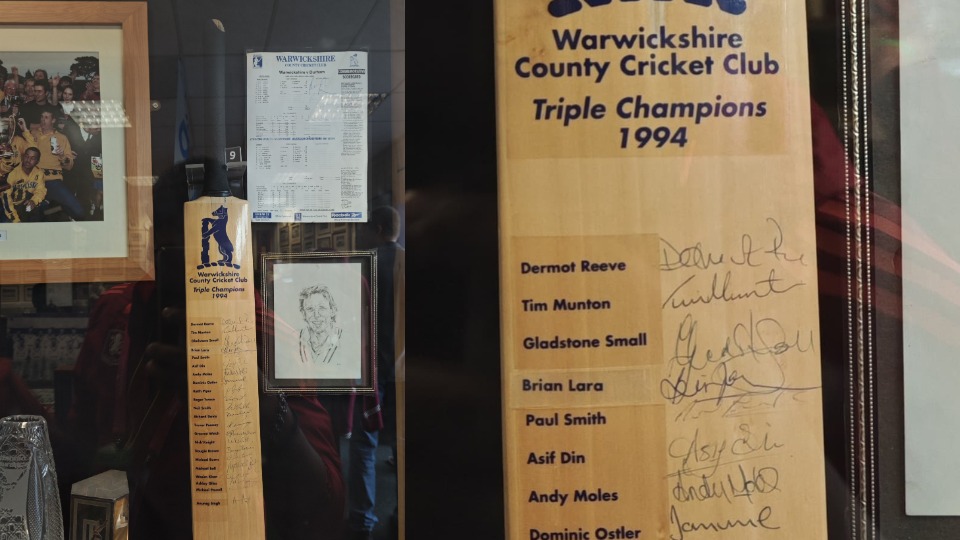
Lara’s story is far from the only modern marvel tucked away at Edgbaston. Current England head coach Brendon McCullum—fondly called Baz—lit up the ground in 2015 when he smashed an unbeaten 158 in a T20 Blast match against Derbyshire, an innings still voted the greatest in Bears’ history. While the museum wanted his bat too, McCullum chose to keep that for himself and donated his signed, match-worn jersey instead. “I don’t know what’s it with the players these days and their bats,” Britt quips again.
Yet go a little deeper into the archives and one finds items stretching back to the late 19th century—bats, blazers and stumps donated by the players themselves. There’s Bob Willis’ final Warwickshire blazer. There are mementoes from the Bodyline Ashes series in 1932, including the blazer of Bob Wyatt, England’s then vice-captain, generously gifted by his son Jonathan Wyatt. These are the kinds of items that form the soul of a museum, bearing stories that have only grown richer with time.

But the dynamics of collecting are evolving. A few years ago, the world was swept up in the surge of NFTs—Non-Fungible Tokens—digital assets that allowed people to “own” unique moments, artefacts, or art in the digital space. Cricket was not untouched. Auction platforms began offering digital rights to iconic memorabilia—an autographed glove, a match ball, even a moment. These were often snapped up for large sums, fuelling a new kind of ownership: one where sentiment often jostled with speculation.
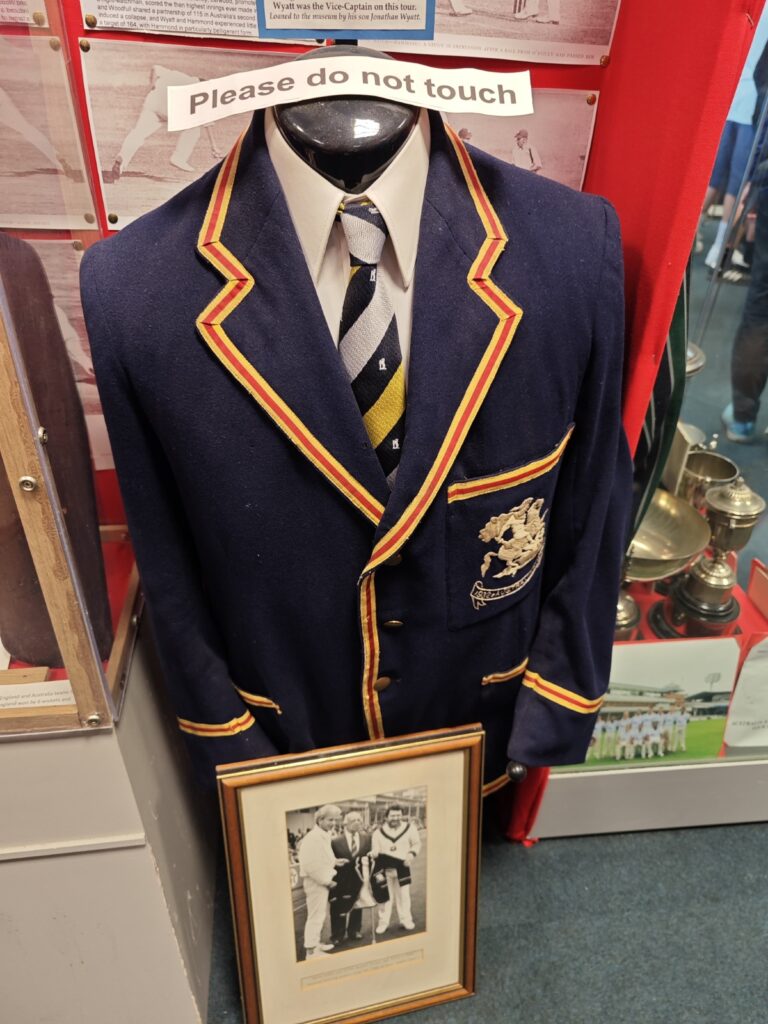
And somewhere in this shift lies a quiet tension. The old-school love for preserving cricket history and sharing it through museums is now clashing with the modern trend of athletes and collectors treating memorabilia as commercial assets or private trophies.
“It was perhaps easier for museums to collect items for their displays earlier than it is now,” admits Britt. Now, a lot of the stars prefer to hold on to their stuff. Some for commercial reasons, others maybe just for their own collections, as we comprehended.
There’s no right or wrong here. Just the changing times.
Also Read Ashley Giles the King of Spain and His Royal Mug at Warwickshire Museum
A humorous example once again circles back to The Prince of Port of Spain—Brian Lara. Among the museum’s collection is a bat signed by every member of the Warwickshire squad from the day Lara scored that 501, when the Bears totalled a mammoth 810. But Lara’s own signature was missing from it — for nearly 30 years. As it turns out, he’d simply arrived ‘a little’ late when the rest of the players were signing it, and it remained incomplete all these years. It wasn’t until 2024, during a visit to the museum, that Lara finally added his autograph.
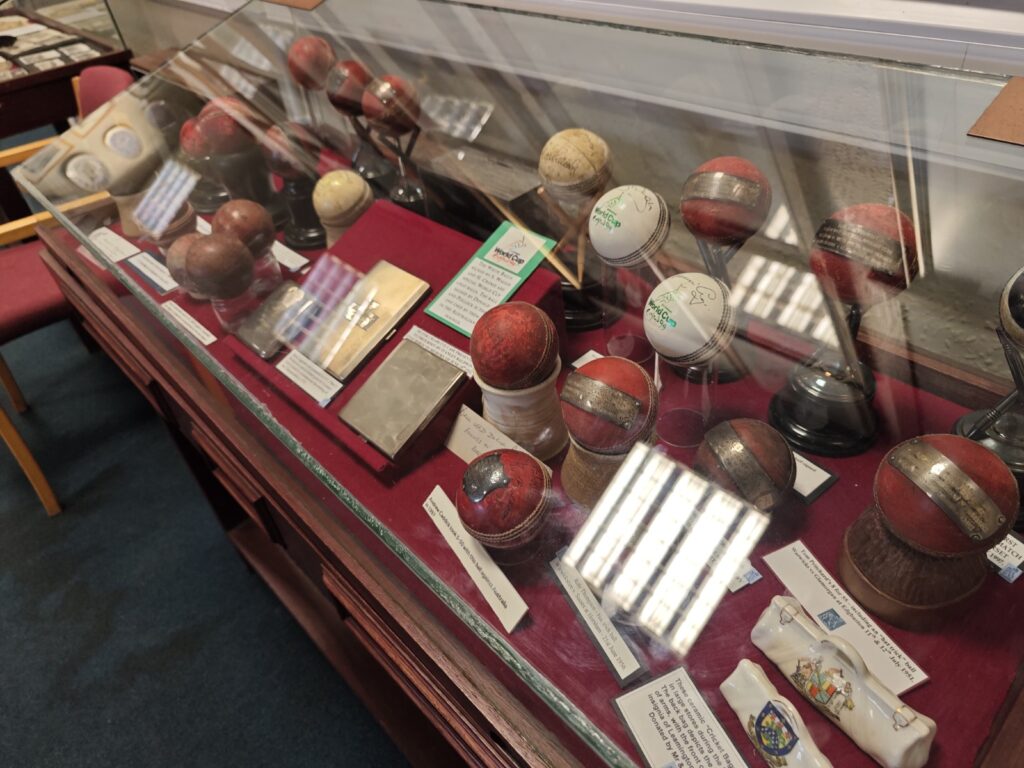
Now, as India won the historic Test at Edgbaston, with skipper Shubman Gill’s brilliance making him the second-highest individual run-scorer in a test match (430) —behind only Graham Gooch (456) —the museum might just have its eyes on a new keepsake. The question is, if they ask for a souvenir, will Gill agree?
Time will tell. But one thing remains certain: whether it’s a sliced-up wicket, a signed blazer, or a bat that took 30 years to complete, Edgbaston’s museum continues to tell the sport’s story, one cherished memory at a time.
